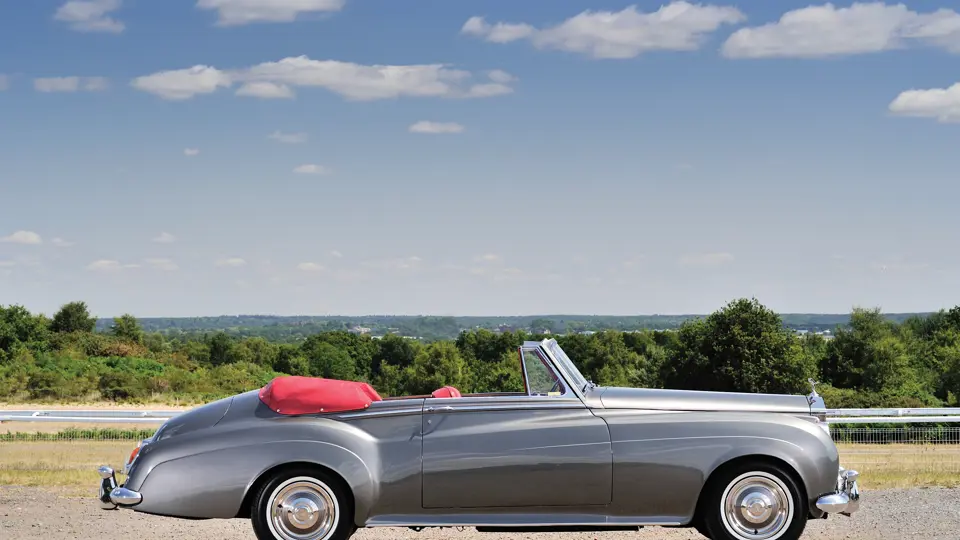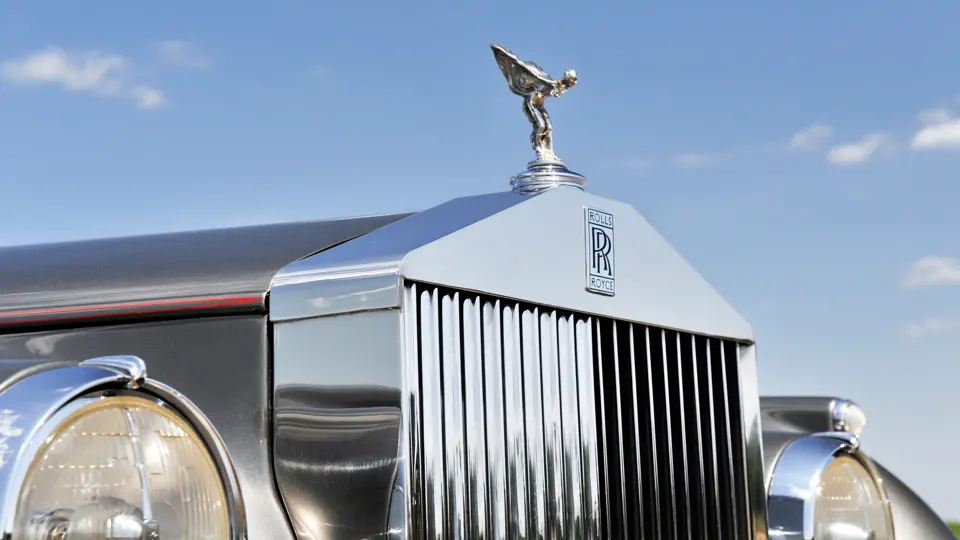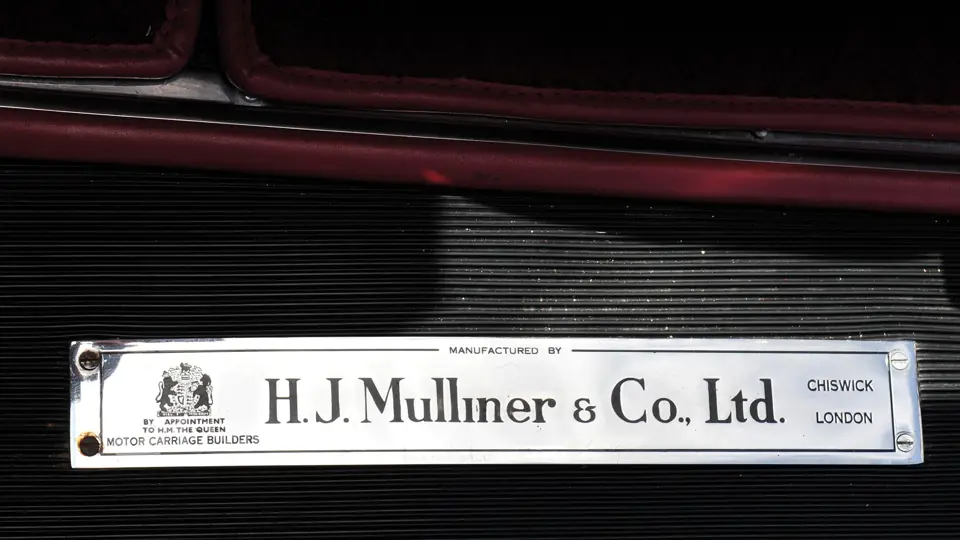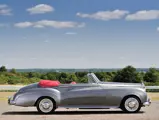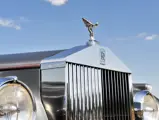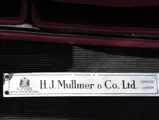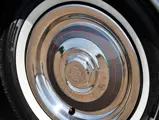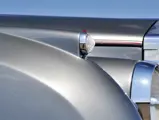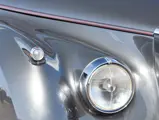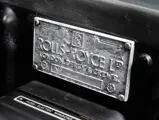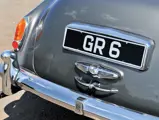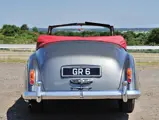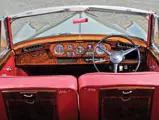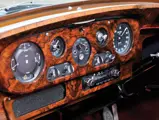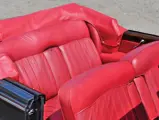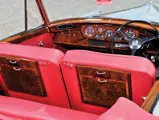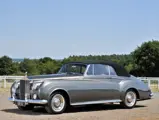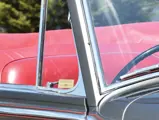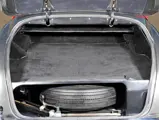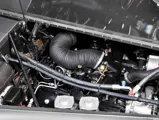Est. 200 bhp, 6,320 cc OHV aluminium V-8 engine, four-speed automatic transmission, coil-spring independent front suspension, live rear axle with semi-elliptical leaf springs, and four-wheel power-assisted hydraulic drum brakes. Wheelbase: 3,124 mm
The Silver Cloud was introduced in April 1955, and it represented a watershed moment for Rolls-Royce, whose cars had been delivered in bare chassis form to have coachwork fitted by outside coachbuilders. Times were changing, however, and the sun was setting on the coachbuilt luxury car business, particularly in material-starved and overtaxed austere post-war Britain. Additionally, increasingly streamlined automobile styles did not lend themselves to individual bespoke bodies, particularly when they had to include the manufacturer’s own front-end styling.
Bentley had offered an in-house “Standard Steel” saloon body from 1946, known as the Mark VI, which had been well received. In fact, the Standard Steel body had also been available as a Rolls-Royce Silver Dawn from 1949, but it was initially only available for export. Chief designer John Blatchley penned the new Silver Cloud Saloon with a few styling cues that had been inherited from H.J. Mulliner, and the result was a very elegant owner-driver saloon on a massively strong, new box section, 123-inch-wheelbase chassis.
In September 1959, the Silver Cloud II arrived, powered by an all-new aluminium overhead-valve V-8 engine of 6,230-cubic centimetre displacement. The Silver Cloud II was available in two wheelbases and built until 1962, to a production total of 2,717 examples.
The Cloud II, incidentally the first V-8 Rolls-Royce in 50 years, represented an exponential increase in performance over its predecessor, and today’s example is one of only one hundred seven to be built on the short-wheelbase Silver Cloud II chassis by H.J. Mulliner. It is also one of only seventy-five left-hand-drive examples to be built with the sublimely handsome drophead coachwork. Both of the main surviving London coachbuilders, H.J. Mulliner and Park Ward & Co., had long histories with Rolls-Royce Ltd., but by the late 1950s, with bespoke coachbuilding at a low ebb, Rolls-Royce purchased H.J. Mulliner and folded Park Ward into the new subsidiary two years later. The new Mulliner Park Ward Ltd. then became an in-house supplier of specialty bodies, which ranged from Phantom Vs for royal use to superb designs, such as the lovely drophead coupé.
Chassis SVB 99 is documented as having been originally delivered in the United Kingdom to G. Rattenbury, as is recorded in Lawrence Dalton’s Rolls-Royce: The Classic Elegance.
This particular example was delivered new to Mr G. Rattenbury, of Kent, with the registration GR 6. Original build paperwork, copies of which were acquired from the Rolls-Royce Foundation and are on file, record that the car was ordered with electric windows, Avon tubeless tyres, and special-order Rose Beige Valentine’s paintwork, with Scarlet carpets and piping to match and finished with a fine red coachline—quite a specification. Under the ownership of the Rattenbury family, the car was restored over a two-year period in the late 1990s by the original owner’s son-in-law, an automotive engineer, at which point the car was repainted its current colour of Tudor Grey. It was kept by the Rattenbury family from new up until around 2003, when it was sold to a gentleman in Adelaide, Australia. At this time, the car was checked and serviced by Rolls Royce specialists Frank Dale and Stepsons before importing the car over to Australia.
This very early Cloud II is a remarkable example of the H.J. Mulliner coachbuilt convertible, which is generally accepted to be amongst the most elegant of all post-war coachwork.




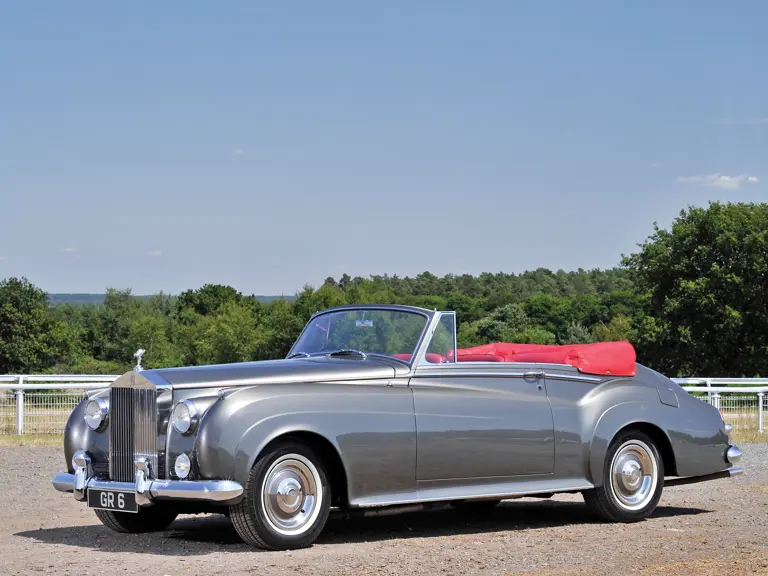

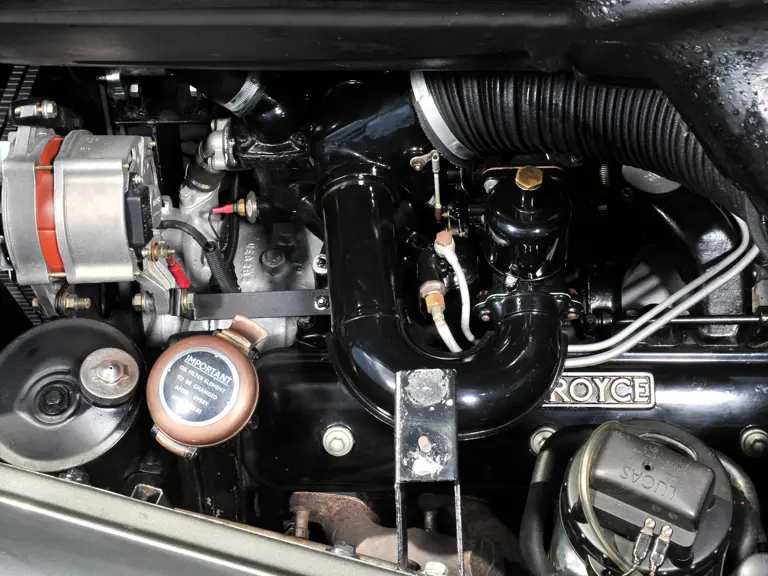
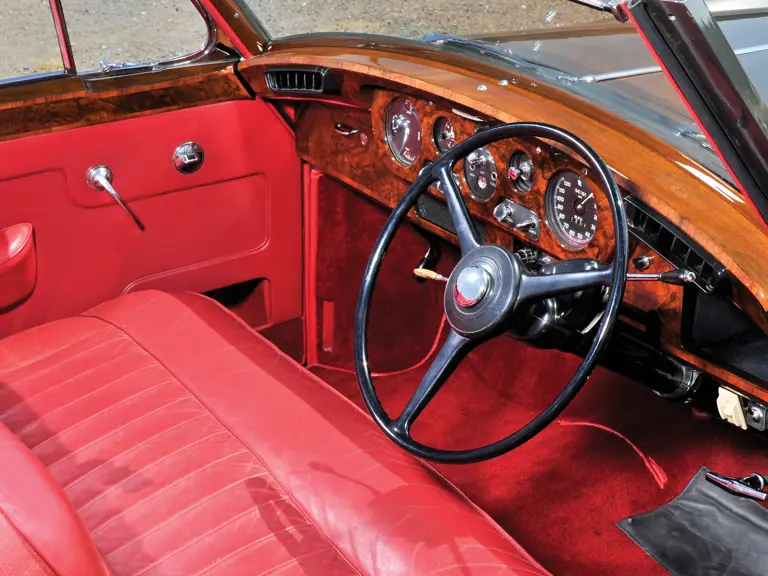
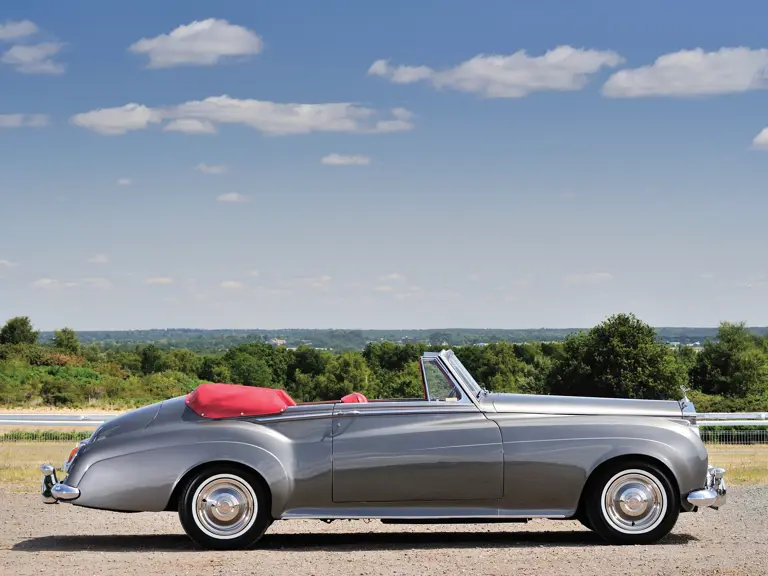
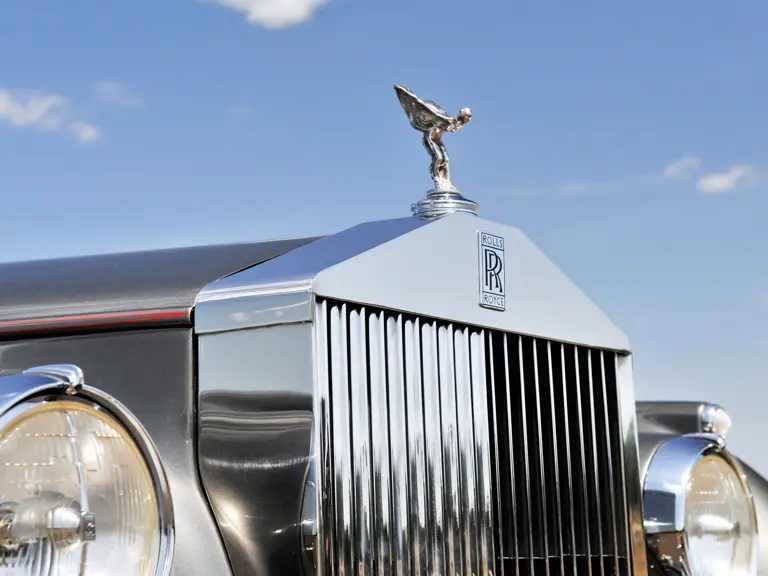
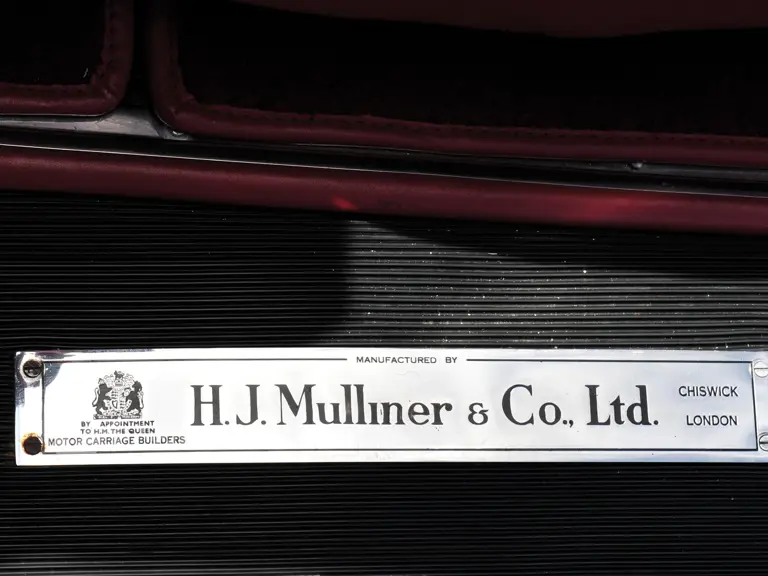

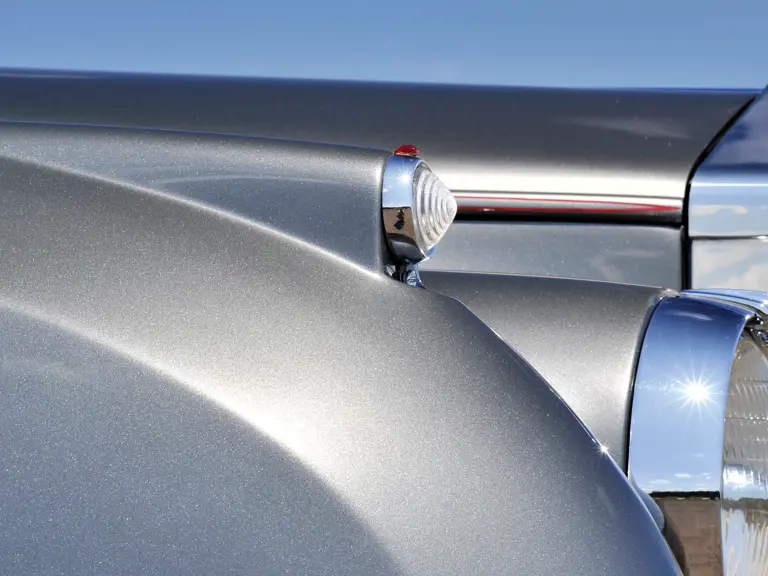

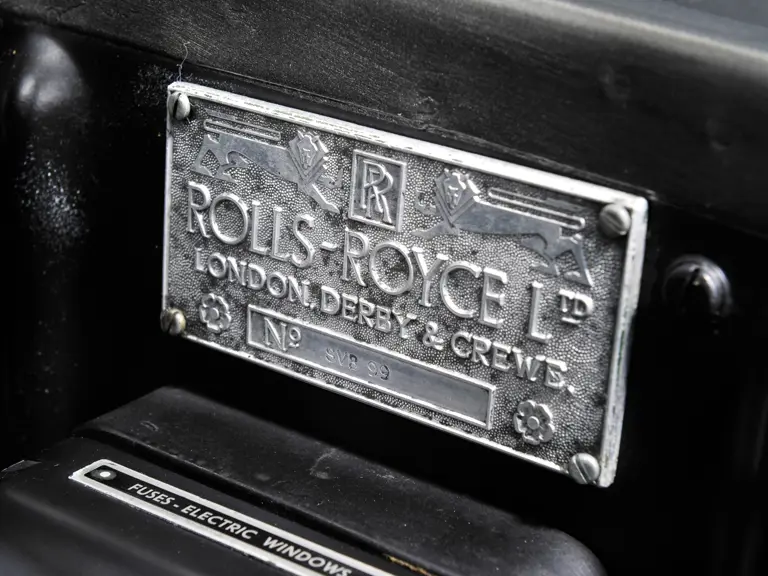
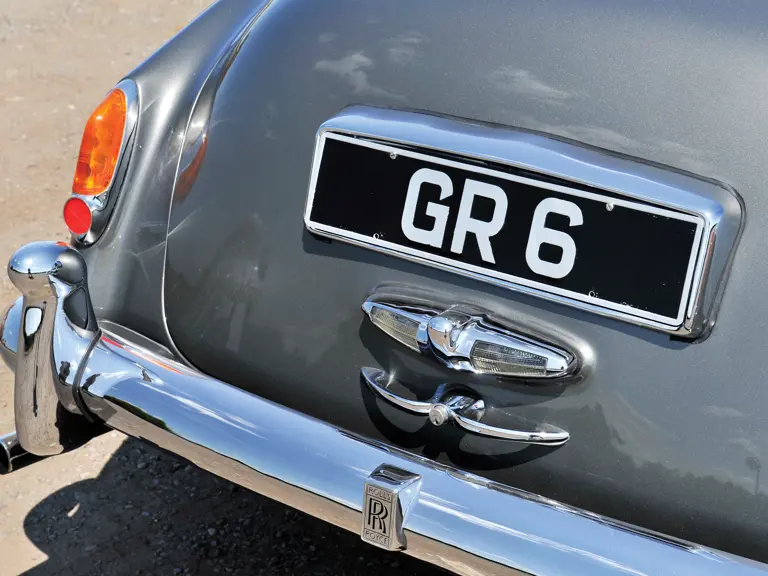
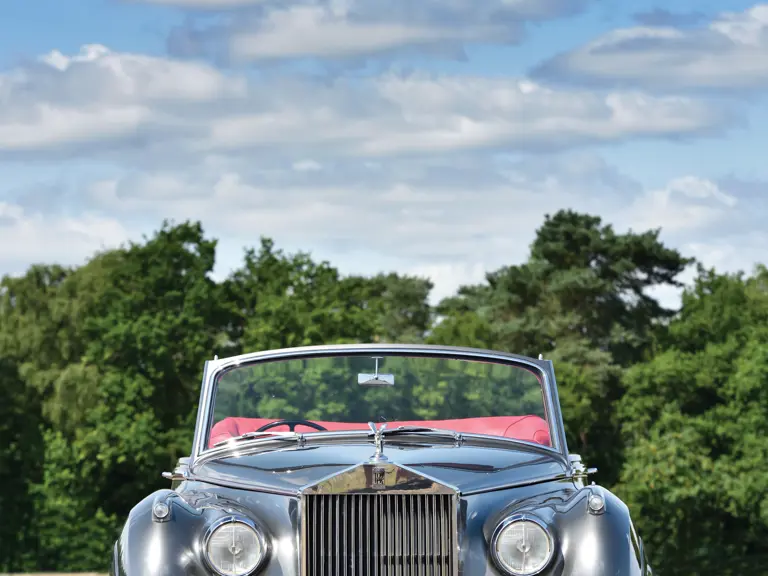
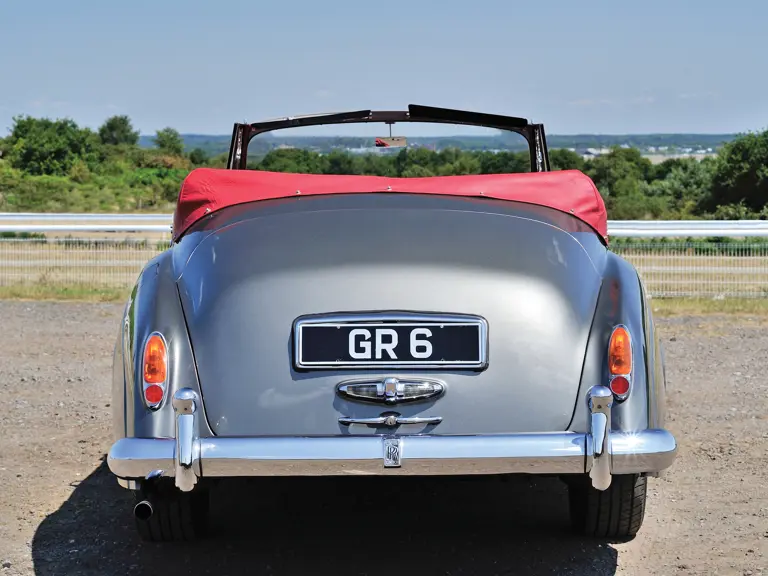
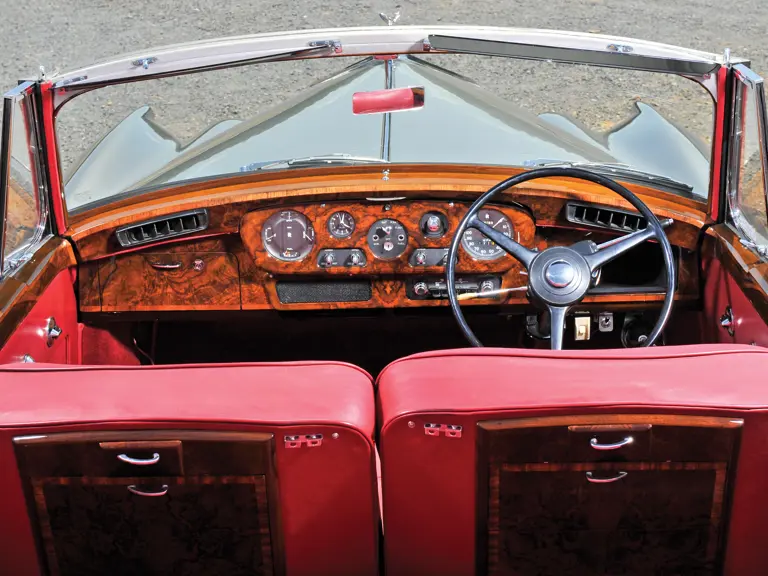
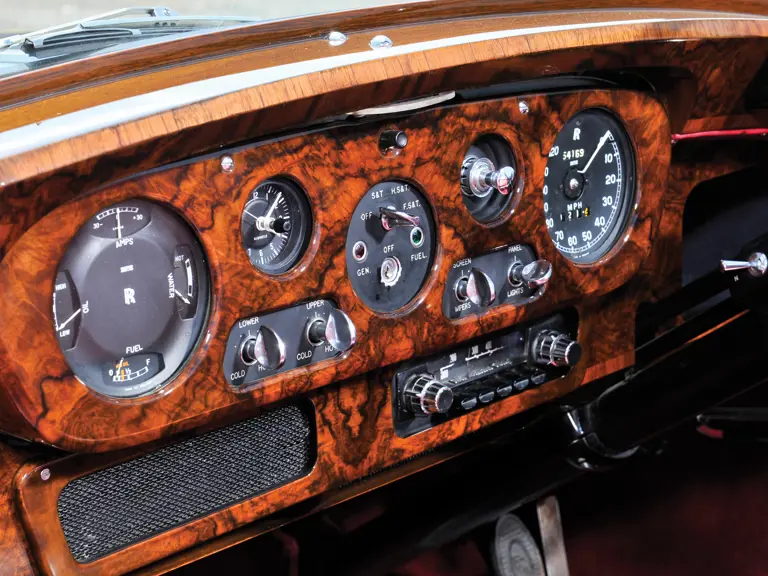
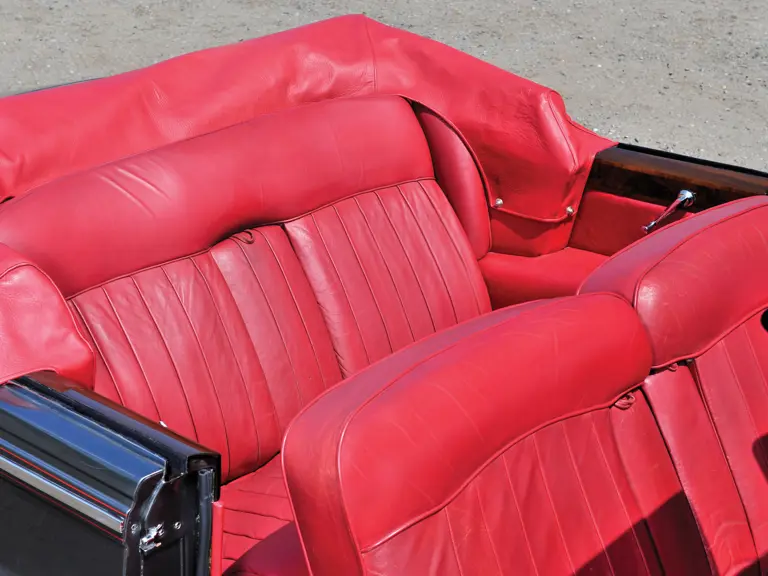

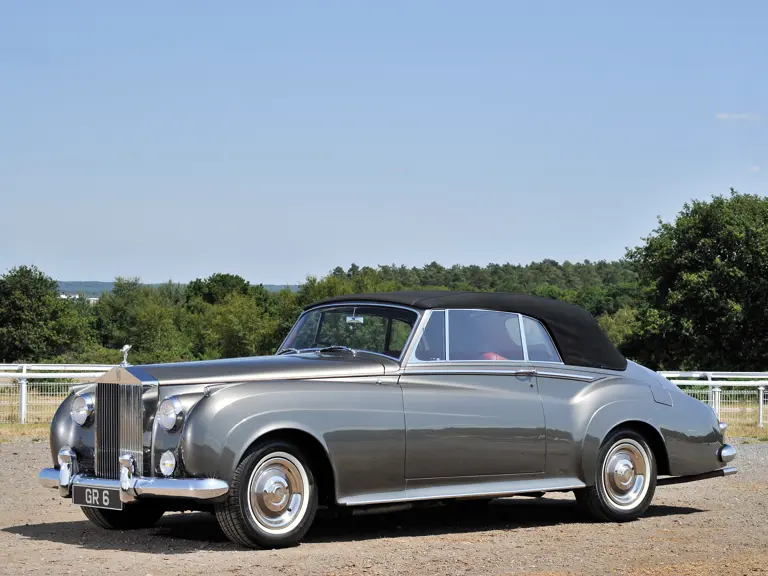
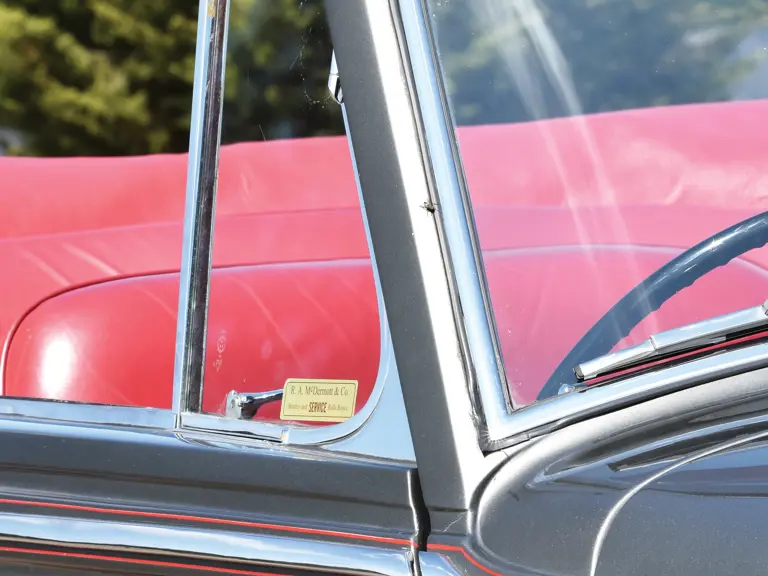
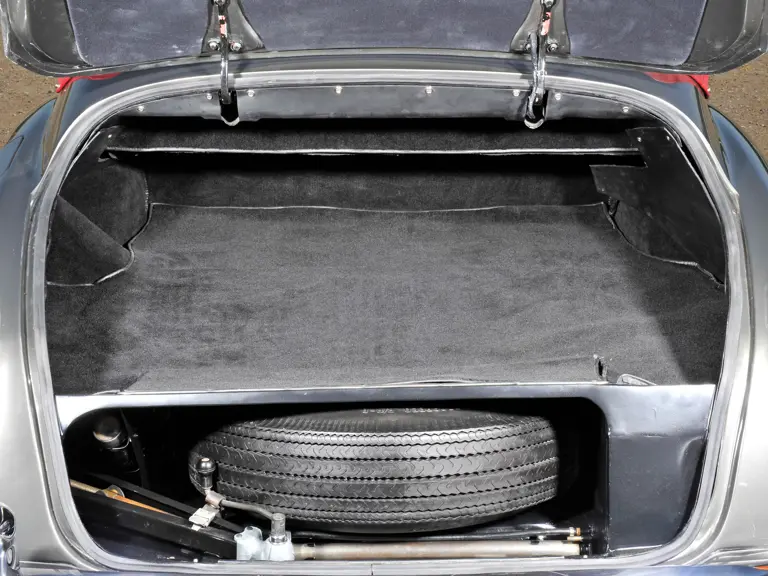
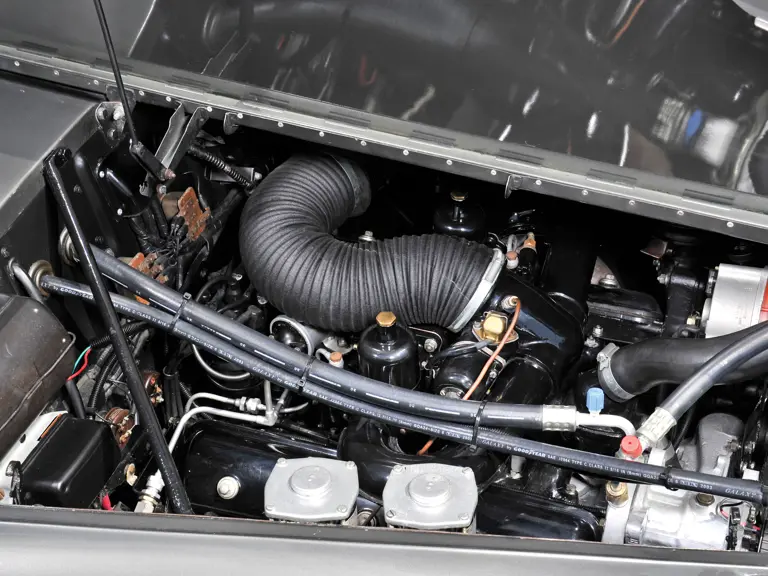

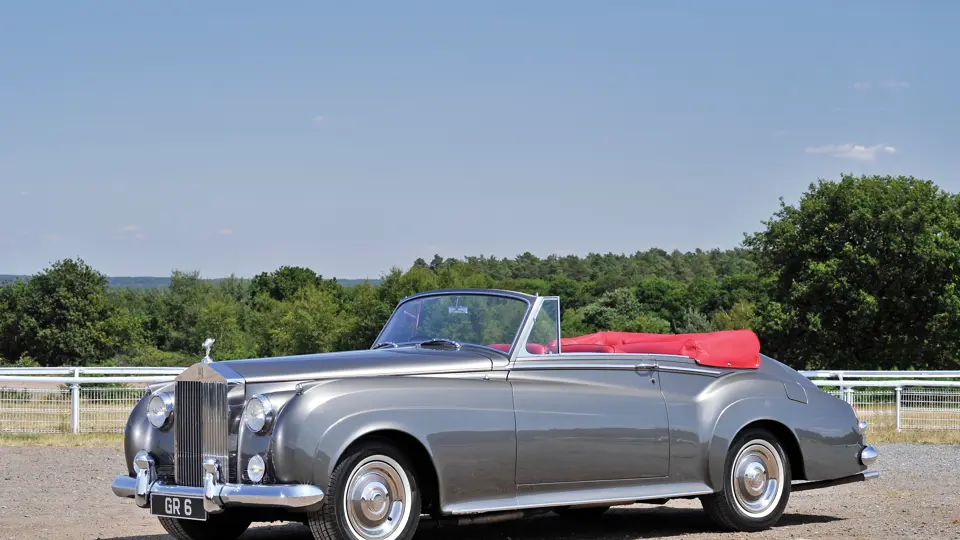
 | London, United Kingdom
| London, United Kingdom
